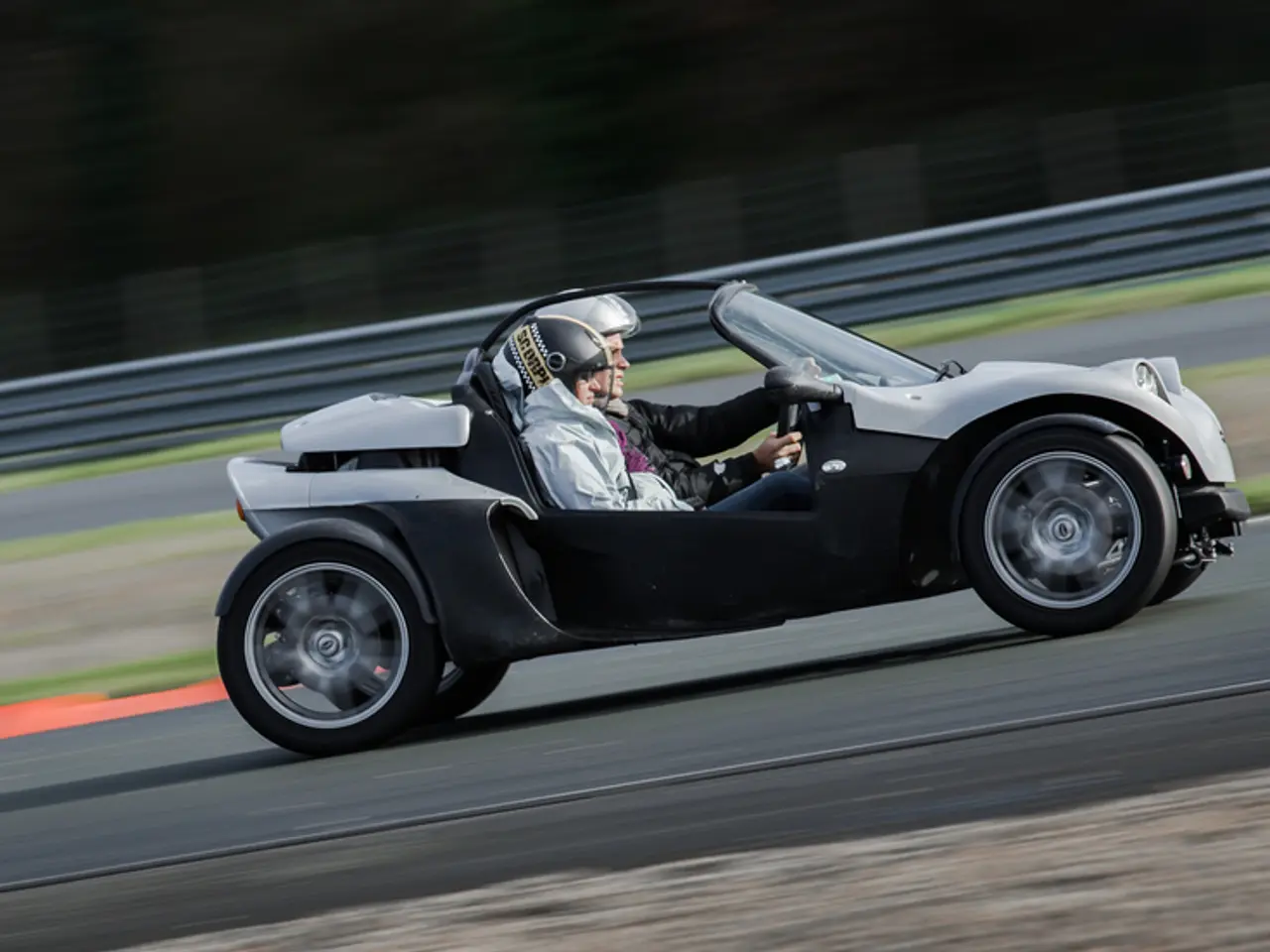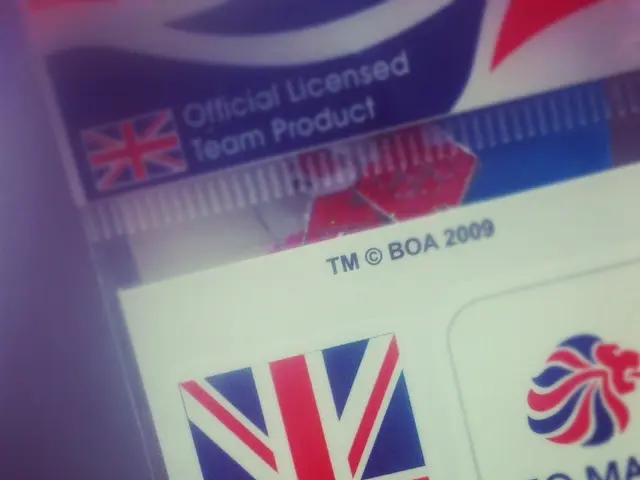Dot Incorporation's 'Barrier-Free' Kiosks Transform City Navigation for the Visually Impaired
Cities worldwide often fall short in catering to everyone's needs, particularly those with visual impairments. However, innovative solutions are emerging to tackle this challenge. Dot Incorporation, a tech company, has introduced 'barrier-free' kiosks in Busan, South Korea, offering a more inclusive approach to wayfinding. These kiosks use dynamic braille cells, providing a native method for visually impaired individuals to navigate their environment.
The kiosks, developed by Dot Incorporation, use dynamic braille cells to output varying combinations of braille. This offers a more intuitive and accessible way for visually impaired individuals to find their way around cities. The company also developed the Dot Pad, a handheld device that presents visual content haptically and in braille using AI. This has the potential to unlock new categories of content for the blind and visually impaired, including games, comics, movies, and more.
Mobility is a major issue for people with visual disabilities. Traditional methods like tactile paving, which originated from Japan, are not always effective standalone solutions. They can be disrupted by obstructions or indifference from others. The dynamic braille cells in the kiosks, however, provide a more reliable and comprehensive solution.
Dot Incorporation's innovations, including the 'barrier-free' kiosks and the Dot Pad, are significant steps towards improving mobility and access to information for the visually impaired. These technologies have the potential to transform the way visually impaired individuals interact with and navigate their surroundings. You can subscribe to the newsletter featuring this story here.






